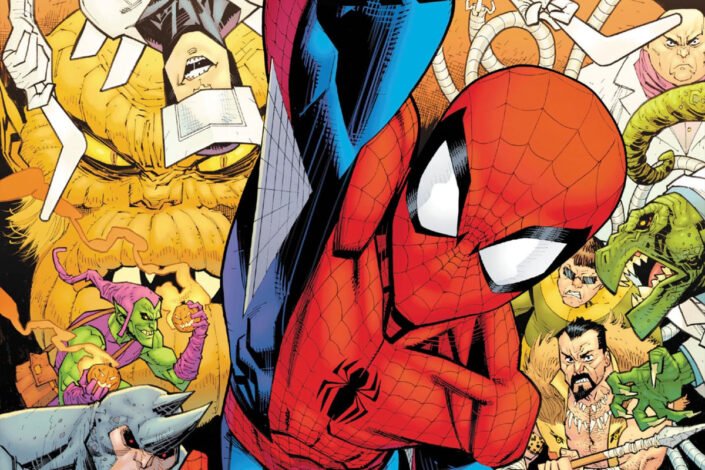Avengers Disassembled Reading Order, the beginning of Brian Michael Bendis’s era

After having found success at Marvel Comics with Ultimate Spider-Man, Daredevil, and Alias, Brian Michael Bendis took over The Avengers more than twenty years ago. The writer started his run with Avengers Disassembled, a story that concluded the previous era, before he relaunched the team with New Avengers — the start of the modern era for the Earth’s Mightiest Heroes.
More than that, it was the beginning, like it or not, of one of the most impactful runs in Marvel History. Because, soon enough, the arc became simply the first part in a trilogy of events orchestrated by Bendis that would continuously reshape the Marvel Universe for almost ten years. From one event to another, superheroes would die, lose their minds or their powers, or reveal they are not what they seemed to be. And it all started with Avengers Disassembled, called “The Worst Day in Avengers History.”
Avengers Disassembled is often presented as a perfect entry point in the world of Marvel, in particular the Avengers, as things are blown up before being completely rebuilt. To help you in your Marvel Journey, following is our reading guide to the Avengers Disassembled story, exploring the main event and all the tie-ins!
Read More »Avengers Disassembled Reading Order, the beginning of Brian Michael Bendis’s era








